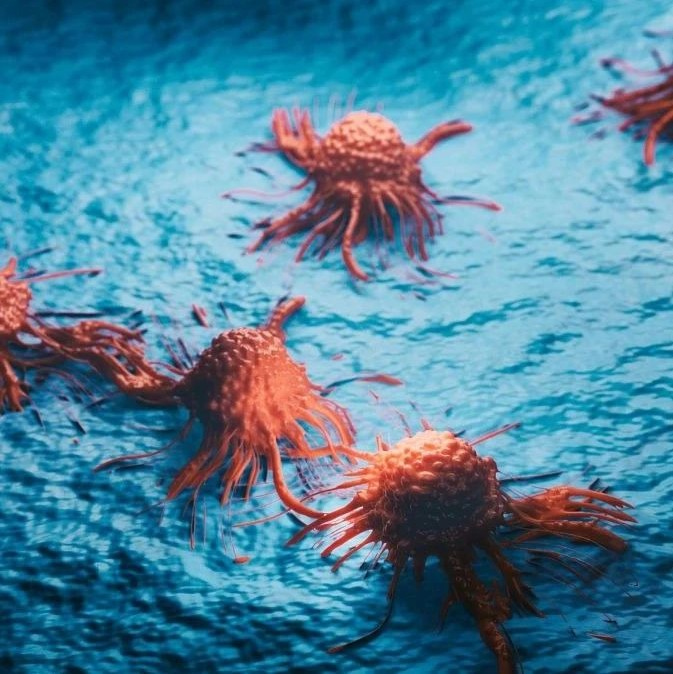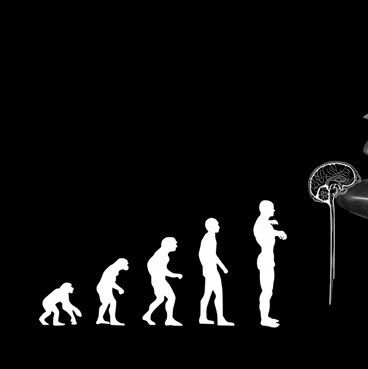摘要:据7月6日刊《美国医学会杂志》上的一则初步的报告披露,与接受基于齐多夫定疗法相比,那些在婴儿出生前后接受了蛋白酶抑制剂洛匹那韦-利托那韦治疗的感染了人类免疫缺陷性病毒-1(HIV-1 )的母亲所生的婴儿更有可能会出现肾上腺功能障碍,其中包括在早产儿中的威胁生命的肾上腺机能不足。
根据文章的背景资料:“对那些在妊娠期间接受治疗的妇女来说,其HIV-1向新生儿的传播率现在已经低于1%。对那些未得到最佳治疗的孕妇来说(例如那些在怀孕晚期才诊断带有HIV者或是那些在生产时仍有持续性病毒复制的妇女),有数项治疗指南、观测报告以及一则最近的有对照的研究结果提出用一组作为强化婴儿出生后的治疗的抗逆转录病毒药物来作为一种‘接触后的预防手段’。蛋白酶抑制剂洛匹那韦加上它的药理增强剂利托那韦(洛匹那韦-利托那韦)现在是在儿童中最广泛使用的由利托那韦来增效的蛋白酶抑制剂。”
洛匹那韦-利托那韦被许可用于那些年龄在14天以上的感染了HIV的婴儿(在美国)及2岁以上的孩子(在欧洲)。然而,有关在新生儿中使用这种疗法的发表的数据非常稀少。2010年4月,在法国的先天性肾上腺增生(CAH;这是一组肾上腺的遗传性疾病)的全国性筛检中心之一,在2个出生时接受了洛匹那韦-利托那韦治疗的孩子的干血点中发现了17-羟孕酮(即17OHP; 这是一种主要由肾上腺产生的类固醇激素)的暂时性增加。
法国Hopital Necker-Enfants Maiades, Assistance Publique-Hopitaux de Paris的Albane Simon, M.D.及其同事开展了一项研究,旨在评估出生后即刻接触洛匹那韦-利托那韦是否与肾上腺功能的变化有关联。这一研究评估是与标准的齐多夫定预防性治疗进行比较的。这项研究包括了来自先天性肾上腺增生的全国筛检及法国围产期群组研究数据库的资讯;这些资讯将与对未感染HIV-1的新生儿在出生后接受洛匹那韦-利托那韦治疗以及接受标准齐多夫定治疗的对照组的资讯进行比较。在治疗的第一周中,研究人员会测定这些孩子的17OHP和硫酸去氢表雄固酮(即DHEA-S; 这是一种主要由肾上腺皮质产生的循环中的类固醇形式)的浓度。
在2004年12月至2008年9月间在巴黎地区被纳入到该研究群组的母亲-孩子配对中,文章的作者对50名未感染HIV-1的在刚出生后就接受了洛匹那韦-利托那韦治疗的孩子以及108名接受了标准预防治疗(其中包括仅接受齐多夫定者(n=100)、齐多夫定+拉米夫定(n=6),或齐多夫定+奈韦拉平)的孩子进行了评估。在接受洛匹那韦-利托那韦的50名新生儿中,有7人(占14%)的干血点有着异常高的17OHP(足月儿大于16.5 ng/mL或早产儿大于23.1 ng/mL)vs. 0/108(对照组)。对足月的孩子来说,在接受洛匹那韦-利托那韦治疗的新生儿中有5/42的人的17OHP大于16.5 ng/mL,而对照组中的这一数字为0/93。
文章的作者写道:“所有接受了洛匹那韦-利托那韦治疗的足月新生儿都没有出现症状,但3名早产新生儿则经历了与肾上腺机能不足相一致的威胁生命的症状,其中一人出现低钠血症(血中钠浓度异常低)和高钾血症(循环血中的钾高于正常值;这与肾功能衰竭有关)和心源性休克。在完成了洛匹那韦-利托那韦的治疗后,这些人的所有的症状都消退了。”
生物探索推荐英文论文摘要:
JAMA. 2011;306(1):70-78.
doi: 10.1001/jama.2011.915
Association of Prenatal and Postnatal Exposure to Lopinavir-Ritonavir and Adrenal Dysfunction Among Uninfected Infants of HIV-Infected Mothers
ABSTRACT
Context Lopinavir-ritonavir is a human immunodeficiency virus 1 (HIV-1) protease inhibitor boosted by ritonavir, a cytochrome p450 inhibitor. A warning about its tolerance in premature newborns was recently released, and transient elevation of 17-hydroxyprogesterone (17OHP) was noted in 2 newborns treated with lopinavir-ritonavir in France.
Objective To evaluate adrenal function in newborns postnatally treated with lopinavir-ritonavir.
Design, Setting, and Participants Retrospective cross-sectional analysis of the database from the national screening for congenital adrenal hyperplasia (CAH) and the French Perinatal Cohort. Comparison of HIV-1–uninfected newborns postnatally treated with lopinavir-ritonavir and controls treated with standard zidovudine.
Main Outcome Measures Plasma 17OHP and dehydroepiandrosterone-sulfate (DHEA-S) concentrations during the first week of treatment. Clinical and biological symptoms compatible with adrenal deficiency.
Results Of 50 HIV-1–uninfected newborns who received lopinavir-ritonavir at birth for a median of 30 days (interquartile range [IQR], 25-33), 7 (14%) had elevated 17OHP levels greater than 16.5 ng/mL for term infants (>23.1 ng/mL for preterm) on days 1 to 6 vs 0 of 108 controls having elevated levels. The median 17OHP concentration for 42 term newborns treated with lopinavir-ritonavir was 9.9 ng/mL (IQR, 3.9-14.1 ng/mL) vs 3.7 ng/mL (IQR, 2.6-5.3 ng/mL) for 93 term controls (P < .001). The difference observed in median 17OHP values between treated newborns and controls was higher in children also exposed in utero (11.5 ng/mL vs 3.7 ng/mL; P < .001) than not exposed in utero (6.9 ng/mL vs 3.3 ng/mL; P = .03). The median DHEA-S concentration among 18 term newborns treated with lopinavir-ritonavir was 9242 ng/mL (IQR, 1347-25 986 ng/mL) compared with 484 ng/mL (IQR, 218-1308 ng/mL) among 17 term controls (P < .001). The 17OHP and DHEA-S concentrations were positively correlated (r = 0.53; P = .001). All term newborns treated with lopinavir-ritonavir were asymptomatic, although 3 premature newborns experienced life-threatening symptoms compatible with adrenal insufficiency, including hyponatremia and hyperkalemia with, in 1 case, cardiogenic shock. All symptoms resolved following completion of the lopinavir-ritonavir treatment.
Conclusion Among newborn children of HIV-1–infected mothers exposed in utero to lopinavir-ritonavir, postnatal treatment with a lopinavir-ritonavir–based regimen, compared with a zidovudine-based regimen, was associated with transient adrenal dysfunction.
KEYWORDS: adrenal insufficiency, anti-retroviral agents, drug reaction, adverse, hiv infections, hydroxyprogesterones, infant, infant, premature, lopinavir, postnatal care, postpartum period, pregnancy, prenatal exposure delayed effects, ritonavir, zidovudine.







